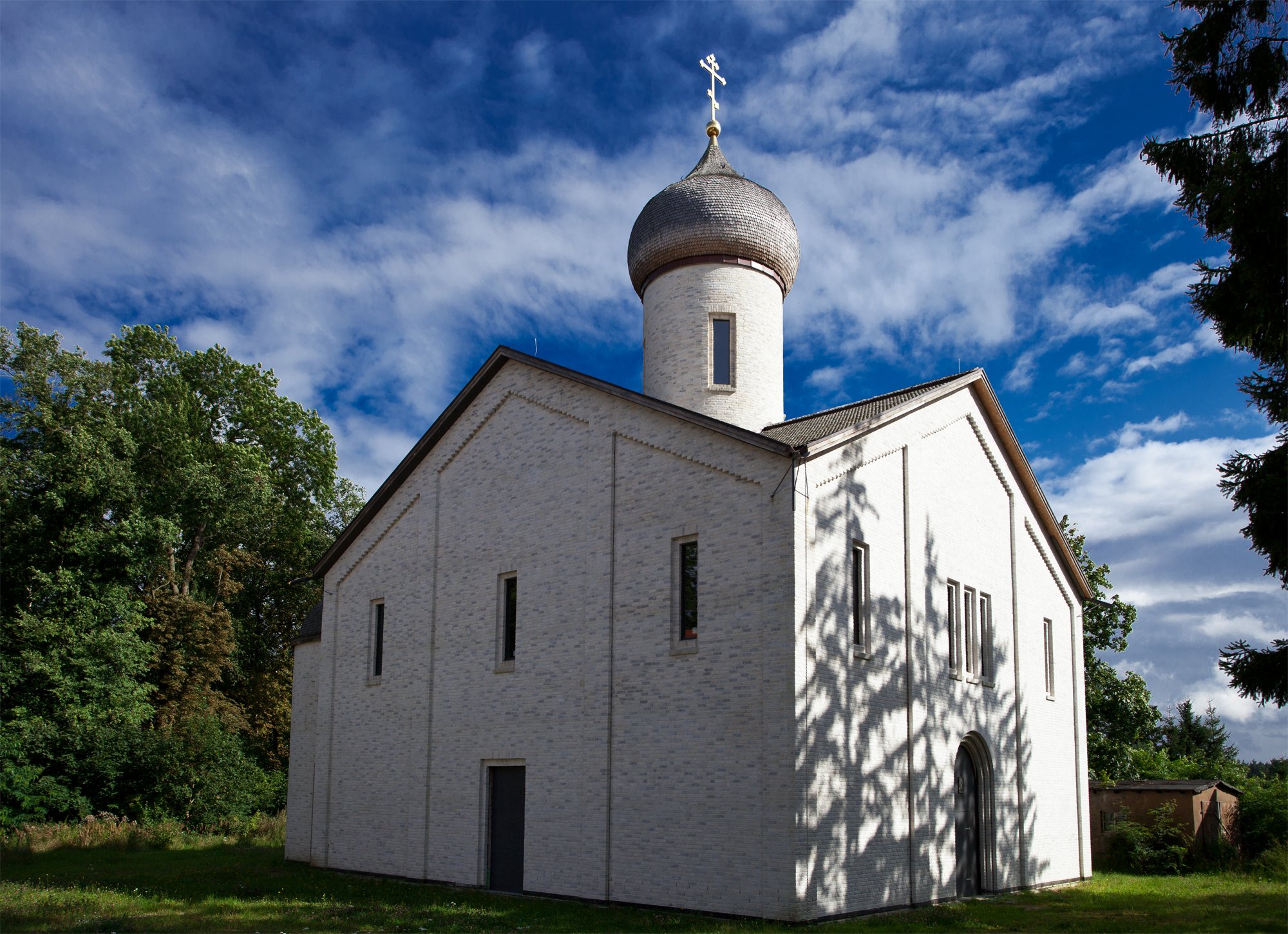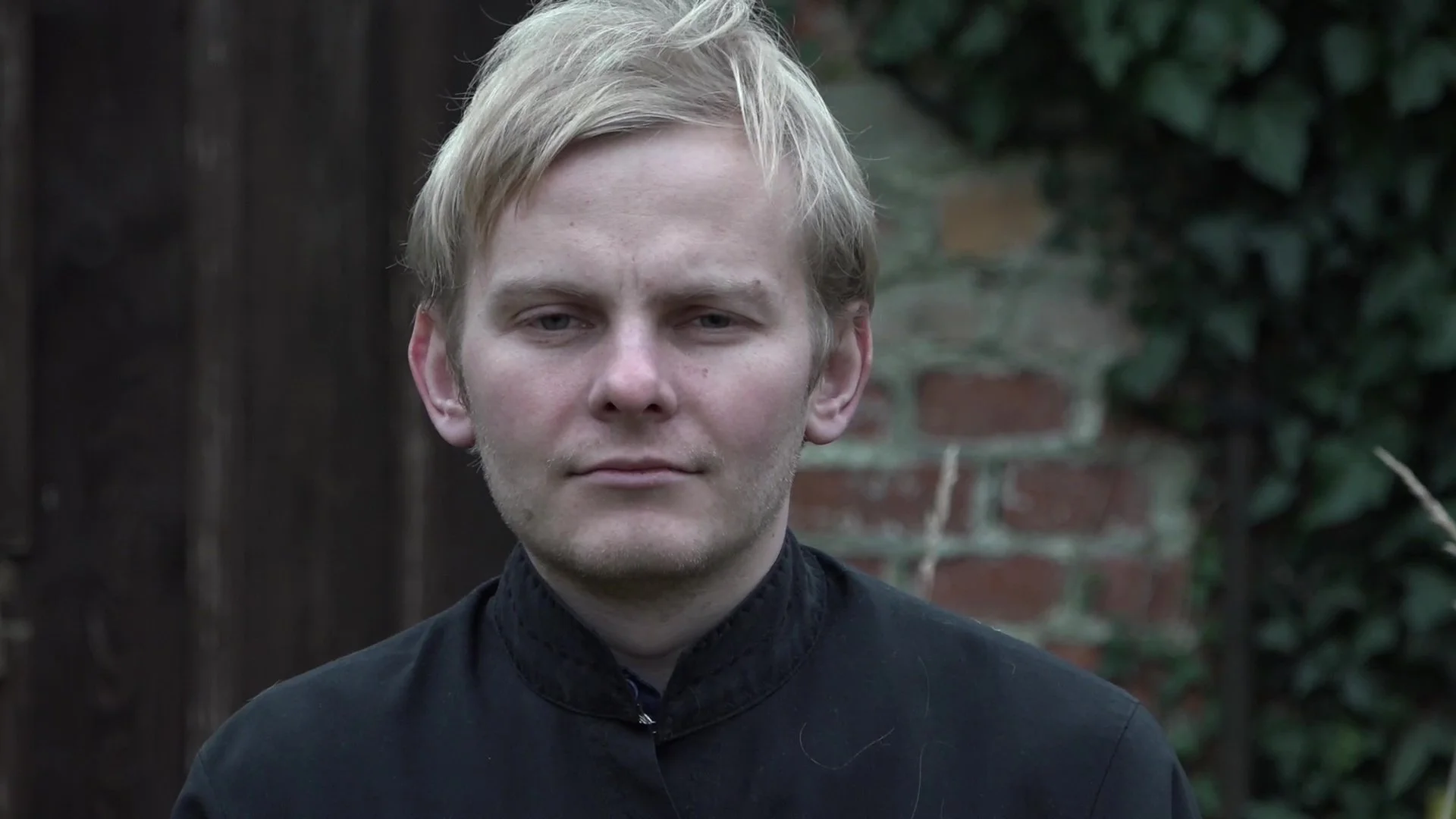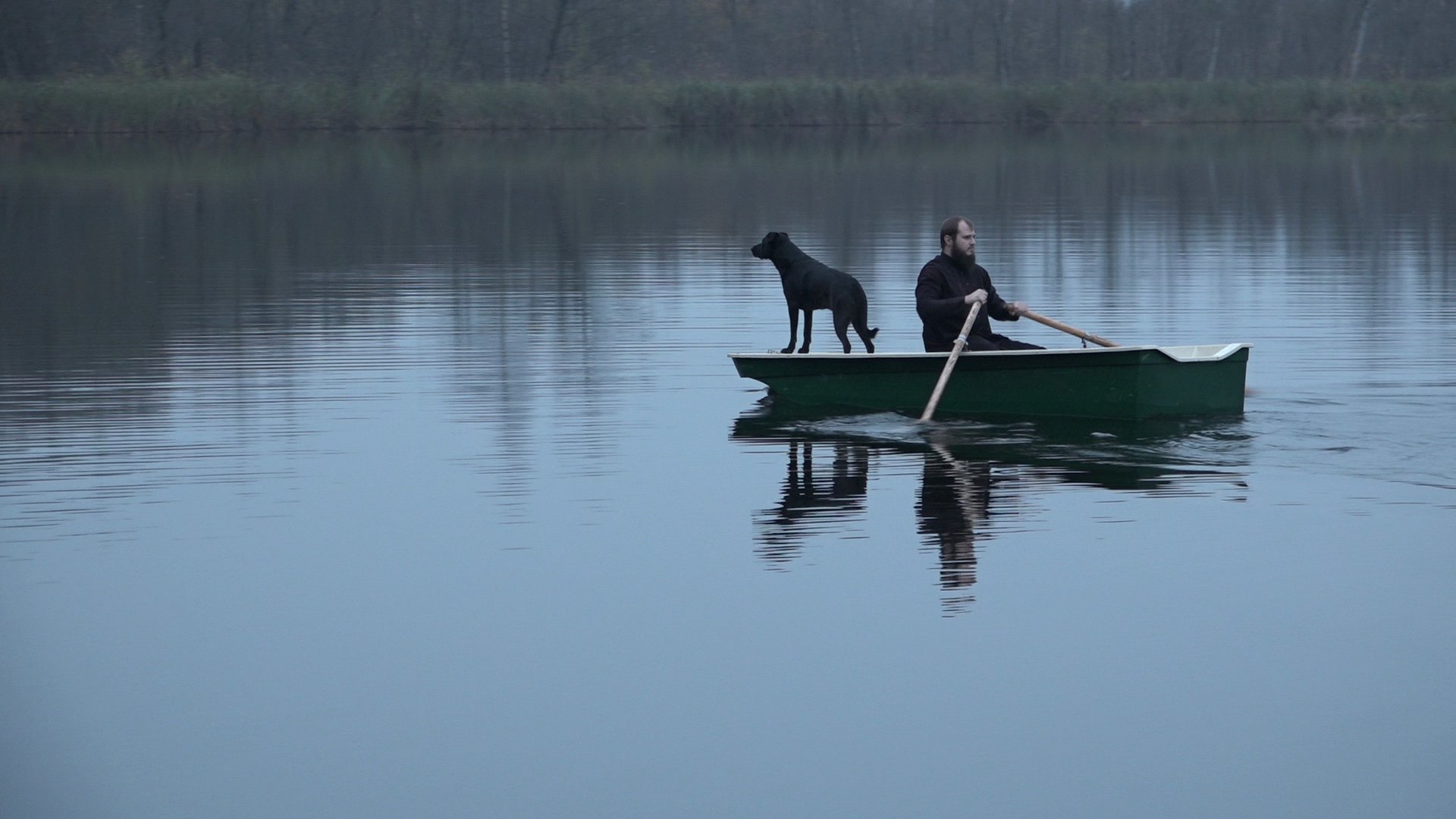
this mid-length documentary explores the topics of solitude, intimacy and seclusion.
its name and choice of location took inspiration from Roland Barthes’ lecture course on the utopia of communal living, —
which is reflected in the film’s polyphonic Narrative.
HOW TO LIVE TOGETHeR
“How to find the right distance between me and my neighbour in order that an acceptable social living may be possible for all of us?”
Roland Barthes, «Comment vivre ensemble? – Sur l’idiorrythmie, Cours au Collège de France – janvier-mai 1977», Rhuthmos, 22 juillet 2021 [online].Located 90 km from Berlin, St. George's Monastery is the only monastery of the Moscow Patriarchate in Germany.
At the time of filming only a handful of monks and novices live here, most of them in their early twenties. They hold church services, build and renovate the monastery, whose isolated location and lack of parishioners make the daily life of the brethren, who themselves come from large cities in Ukraine, Belarus and Russia, similar to practices of early Christian hermits. They have different motives for staying here, and for some, the tranquility of a remote German village comes hand in hand with loneliness and doubt.
Filming and directing a documentary about them presented a challenge on many levels. For one, a small and closed community did not permit bringing a camera-team. To build a trusting relationship with the protagonists, required me to work alone as a director-producer-cameraperson-sound recordist.
The filming took a year.
“How to love together”, German-language trailerWith its 55+ hours of footage and non-linear structure, “How to live together” was a particular challenge to edit. In essence, the emotional and dramaturgical development of the film all had to happen in the edit, as the daily life of the monastery was rhythmic, regular and devoid of events in a regular sense.
The tension in the film rises with the intensity of cuts, and the release is provided by the change in their rhythm and duration. Narrated with the voices of the protagonist and a seldom question from the filmmaker, the film carries over an essayistic quality — it is a search and a discussion, where the emptiness left by unanswered question is a force on its own.
We are like stones in a sea. They used to be sharp, but they rubbed against each other so long, that it smoothed the edges.
same with us.











